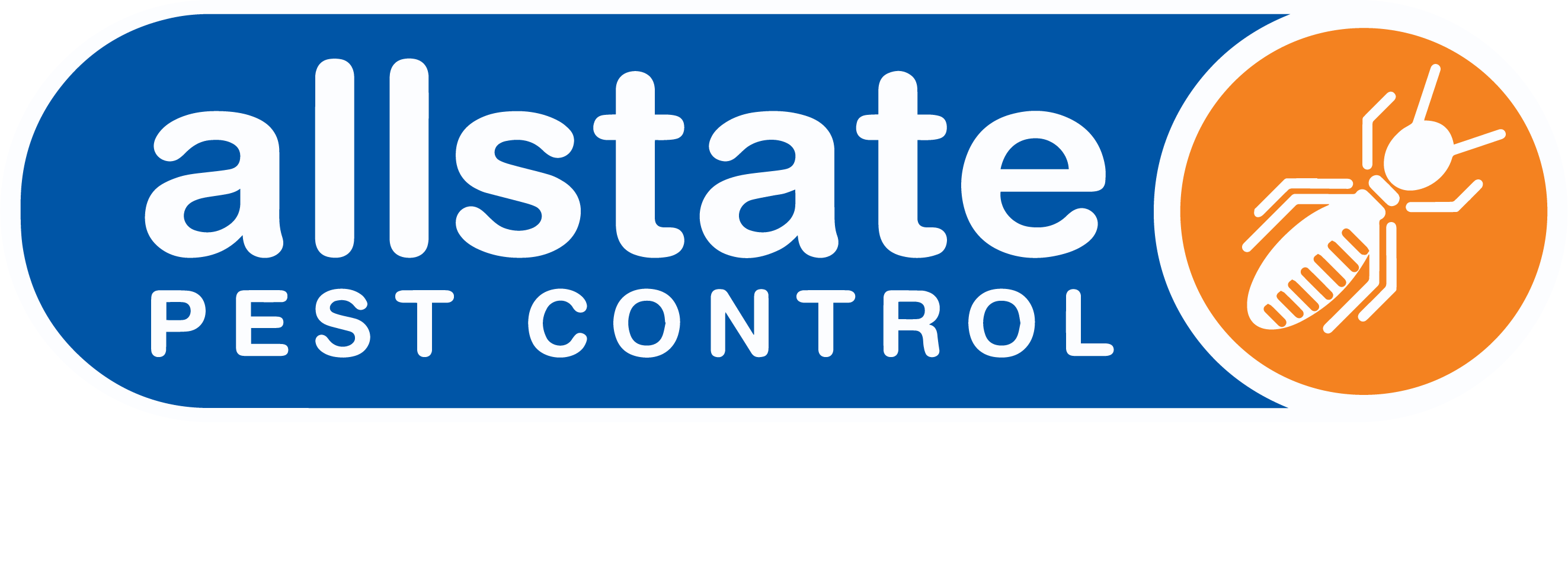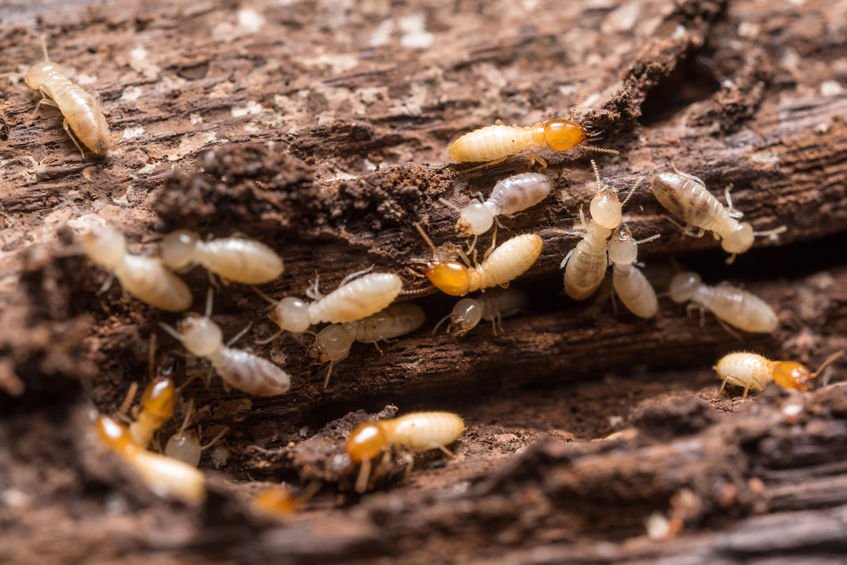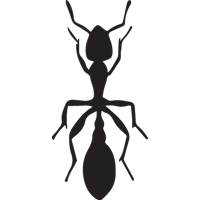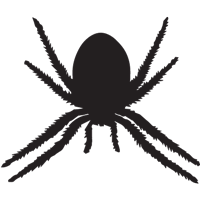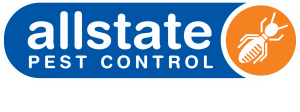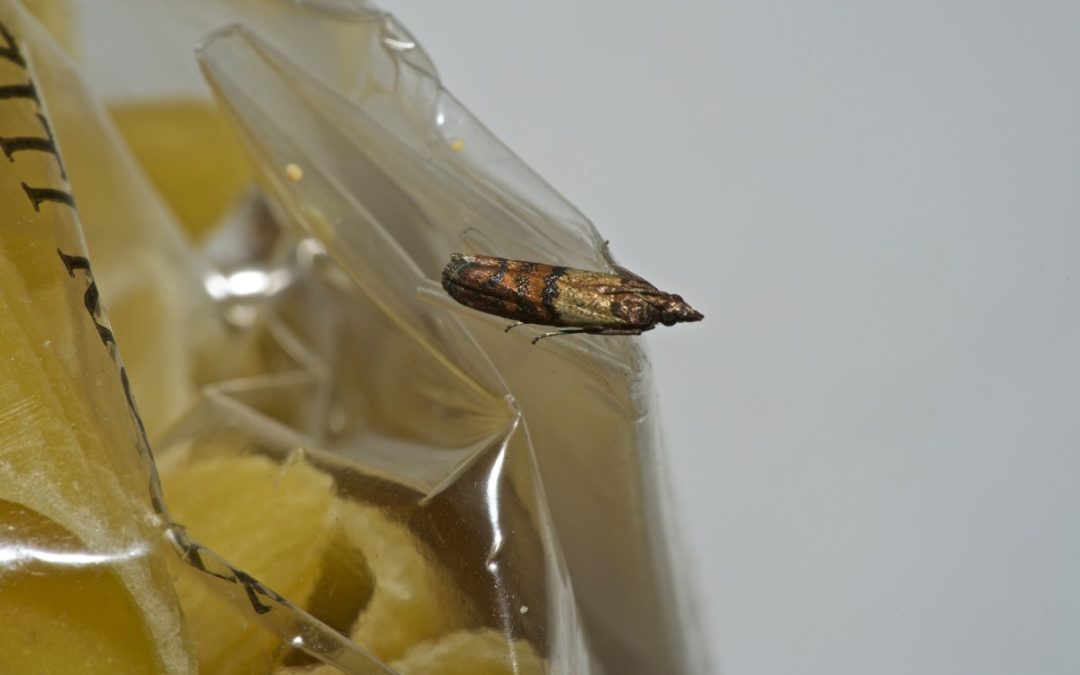
Your Guide to Pantry Moth/Indian Meal Moth Control in Adelaide
What questions will this article answer?
Get to know pantry moths
These pesky insects are introduced into your home via contaminated food. They crawl into your dried food products such as cereals, grains, flour and even herbs and spices, leaving behind silk webbing and droppings. It’s important to be aware that they vary in appearance at different stages of their life cycle, and can penetrate well-sealed food packaging.
Why should I worry about Indian meal moths?
Outbreaks can happen quickly as female pantry moths lay up to 400 eggs at a time. The silk webbing and droppings left behind in your food makes it unfit for consumption. They pose a major threat to warehouse facilities and hospitality venues, where there are large amounts of stored food.
Signs you’ve got a pantry moth outbreak
If you’re noticing silk webbing, or feeding tracks, or pantry moths themselves, you’re most likely experiencing an outbreak.
Pantry moths in commercial facilities
Pantry moths are attracted to places with large amounts of stored food such as hospitality venues, food handling and distribution facilities. An outbreak can create expensive stock losses, as well as potential breaches of health and safety standards.
Preventing a pantry moth problem
Keep your pantry and kitchen clean, regularly inspect stored food, dispose of any affected food immediately, inspect food before purchase and store food in air tight containers.
Ways to control a pantry moth outbreak
DIY methods include exposing affected items and areas to heat or freezing temperatures, applying insecticide aerosols or setting up traps.
Professional pantry moth management
Our team takes a 4 step management approach to remove all pantry moths as quickly and effectively as possible: inspection, clearing away eggs and larvae, treatment and follow up.
Allstate’s pantry moth prevention service
We understand that pantry moth outbreaks aren’t always obvious until they are severe, so our high trained pest control technicians are available 24/7 to all suburbs of Adelaide to assist. Our treatments are nontoxic for people, pets and the environment. We offer payment plans and a 100% satisfaction guarantee for all of our products and services.
If you open a packet of food and discover messy strands of silk webbing and caterpillars already enjoying its contents, it’s usually because pantry moths have beaten you to it.
Also known as Indian meal moths, these troublesome pests are sneaky and silent, and their presence makes your food unfit for consumption.
You’ll find them lurking in your cupboards and food storage areas where they manage to crawl inside hard to reach places and lay hundreds of eggs…weeks later you have a full-blown outbreak on your hands.
So it’s no surprise then that pantry moths have been known to cause major headaches in both homes and businesses around Adelaide.
If you’re worried about an Indian meal moth infestation, we’ve put together some information to help you identify the signs of an infestation, as well as some tips from our pest control technicians about how to prevent, prevente and treat an outbreak.
Get to know pantry moths
Indian meal moths vary in appearance
Identifying an outbreak means becoming familiar with how they look at different stages of their life cycle.
- Their eggs are white in colour and about 0.3-0.5mm long
- Once they have hatched out of their eggs as tiny off-white coloured caterpillars or larvae, they crawl around searching for food
- Once they’ve established a food source, Indian meal moth larvae leave behind their droppings and spin silky strands to form cocoons, where they become 0.6-1.1cm brown coloured pupae
- After a few weeks, adult Indian pantry moths emerge from the cocoons. Adult Indian meal moths, particularly Indian meal moths, are small and brown, approximately 1cm long, with bronze or tan coloured bands near the tip of their grey wings. Their secretive nature makes them difficult to spot, contributing to their presence in food storage areas
They are clever at sneaking into food items
Caterpillars and larvae are small enough in size to crawl under poorly sealed lids, and inside tiny cracks and holes in food packaging. Large Indian meal moth larvae have even been known to penetrate well-sealed packaging. They can also hide in corners of cupboards and pantry door hinges.
Don’t leave your annual termite inspection too late!
Make an appointment today
 or
or
Why should I worry about Indian meal moths?
Indian pantry moth larvae are thought to be harmless to people as they don’t spread diseases. However, having silk webbing and droppings in your food items makes them unfit for consumption.
Indian meal moths lay eggs within food items or fabrics, where the Indian meal moth larvae can subsequently feed. With females able to lay 60-400 eggs at a time, often in hard to reach places, it doesn’t take long for an outbreak to happen.
This means that pantry moths pose a major threat to warehouse and distribution facilities in particular, where there is a large volume of stored food. An outbreak could result in a significant and costly loss of stock.
Signs you’ve got a pantry moth outbreak
Webbing
As Indian meal moth larvae produce a silk webbing to form cocoons, pay attention to silky white strands in your food or within food packaging. They are commonly mistaken for spider webs. To prevente any Indian meal moth eggs that may be present, it is important to freeze food items overnight before storing them in the pantry.
Feeding tracks
Indian meal moth larvae leave trails as they burrow through your food. Indian meal moths eat various dry foods, with their larvae particularly attracted to starchy items like cereals and grains, especially in conditions of high humidity and dampness.
You notice pantry moths flying around
This is one of the earliest signs of a pantry moth infestation and they are most likely to be seen during their active times at dusk or in the evenings. They tend to fly around with an unpredictable path. Male Indian pantry moths are attracted to pheromone traps, which lure them in with female pheromones and trap them on sticky surfaces.
Have you noticed these signs of Indian meal moths lurking around?
Speak to a pest control expert today
 or
or
Pantry moths in commercial facilities
Cafes, restaurants and hospitality venues
With a large amounts of stock and ingredients, an outbreak of Indian meal moths can render your supplies unfit for consumption. This can result in a loss of stock, reduced trade and income, and failure to meet government food safety standards, leading to substantial penalties. Indian meal moths lay eggs in stored food items, making it crucial to check for signs of infestation regularly.
Food handling and distribution facilities
Pantry moths fluttering around a warehouse aren’t just a nuisance; they can become dangerous when there is heavy machinery in operation. With many hiding places and an abundance of food to choose from, an outbreak can happen quickly and quietly, resulting in a violation of industrial health and safety regulations as well as hefty fines.
Preventing Indian pantry moth problem
Using airtight containers for storing food items can prevent pantry moths from accessing their food sources. Regularly cleaning your pantry and disposing of expired products will also help in reducing the risk of an infestation. Additionally, pantry moth traps, available in supermarkets, are highly effective in prevention. These traps use pheromones to attract and capture moths, thus aiding in the prevention of infestations.
Keep your pantry and kitchen clean
- Regularly wipe or vacuum all the shelves, cupboard doors and walls, containers, kitchen utensils, cutlery, especially potential hiding spots such as hard to reach corners and holes
- Dispose of old or poorly sealed food items
- Wipe up spills immediately
- Replace shelf liners
Additionally, keeping the pantry and kitchen clean helps prevent moth eggs from infesting your food items.
Inspect stored food regularly
- Carefully check lids of cans and spice jars for migrating larvae
- Check flour carefully as tiny Indian pantry moths can easily be camouflaged
- Don’t forget dried pet food
You can count on Allstate for a reliable Indian pantry moth prevention service
Allstate Pest Control offers expert, non-toxic solutions for pantry moth infestations across Adelaide. Available 24/7, our team follows HACCP food standards and tailors treatments to your schedule. We guarantee satisfaction with competitive warranties and a 100% money-back promise. Interest-free payment plans are also available. For lasting pest control and follow-up checks, trust Allstate Pest Control.
Get help from our expert team
 or
or
Frequently Asked Questions
What is a stored product pest?
Stored product pests are insects or animals that infest and contaminate stored food, commonly in pantries or warehouses.
How to manage stored product pests?
Remove infested items, clean thoroughly, seal entry points, and use traps or natural repellents.
What is the difference between primary and secondary stored product pests?
Primary pests feed on stored food, while secondary pests feed on waste or other materials.
Can sawtoothed grain beetles infest other items besides food?
No, they only infest food products like grains and cereals but may spread if storage areas aren’t cleaned.
How can I prevent stored product pests?
Clean storage areas, use airtight containers, rotate stock, and maintain a dry, well-ventilated space.
